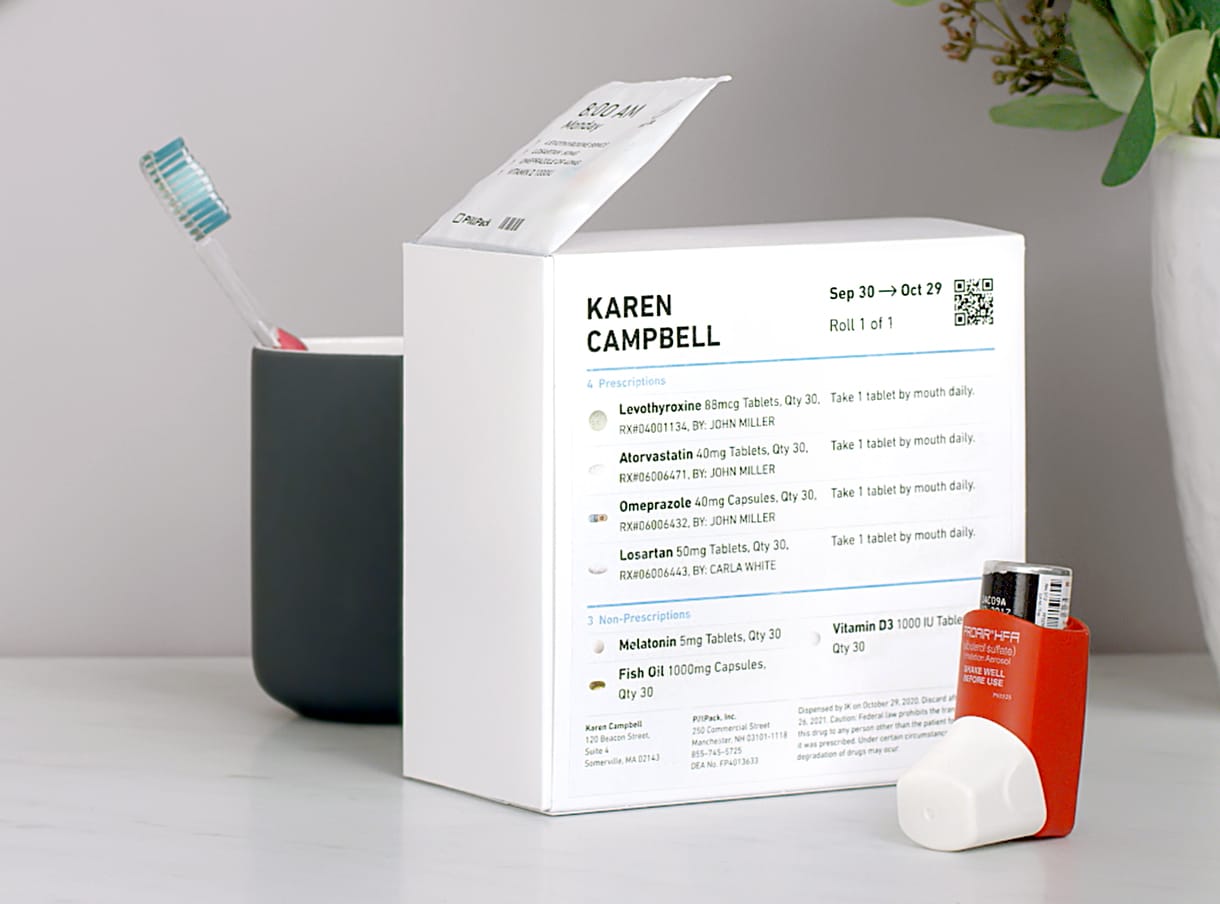In a world of overwhelming choice, innovation often gets mistaken for addition. Add a feature. Add a variant. Add a step. But some of the most powerful consumer goods innovations do the opposite; they win by subtracting.
Simplicity doesn’t mean less impact. It means less effort. For the consumer, that’s everything.
Simplifying the complex is about removing friction from decision-making, usage, or emotion. When done well, it transforms stressful, time-consuming or cognitively draining moments into intuitive, confident experiences. And in sectors like cleaning and health, it has unlocked breakthrough success by turning everyday hassles into seamless routines.
Swiffer: The Big Idea Was Making Mopping Feel Small
Before Swiffer, mopping was a chore in every sense of the word. It required buckets, water, wringing, drying, and cleaning up afterwards. Most people didn’t think to question it, it was just how things were done.
Procter & Gamble saw a simple tension: people wanted clean floors, but hated the process. So they took that process apart.
Swiffer’s innovation was to streamline the entire routine into one easy, disposable system. Electrostatic pads replaced brooms. Pre-loaded solution sprays removed the need for buckets. Cleanup became a swipe. The result wasn’t just a new product, it was a new behaviour. One that was so intuitive, it quickly became second nature.
Swiffer didn’t invent floor cleaning. It reinvented how people felt about doing it, helping to define a whole new “quick-clean” category that quickly became the norm in millions of households. Proof that in consumer goods innovation, making things easier can be revolutionary.

Let’s talk. Turn your “nice idea” into next-level growth.
PillPack: Cognitive Clarity in a Cluttered System
Managing multiple prescriptions is a daunting task. Remembering doses. Timing. Refills. Sorting. For many, especially those with chronic conditions, it’s a daily source of stress.
PillPack saw an opportunity to simplify not the medicine, but the experience. Their innovation? A roll of pre-sorted packets, each clearly labelled with the date and time they should be taken. One pack in the morning, one in the evening, no pill boxes, no confusion, no mental load.
It turned medication management from a daily puzzle into a predictable, frictionless system. And that simplicity proved so powerful that Amazon acquired PillPack and integrated it into its nationwide pharmacy model (Amazon).
Innovation didn’t mean changing the drugs. It meant making the experience manageable. Simple. Human.

What the Best Simplifiers Have in Common
While the examples above span very different categories, the brands behind them share a consistent mindset. They:
- Spot real friction, not just inconvenience, but moments of mental or emotional resistance.
- Redesign the journey, not just the product, removing steps, decisions, and stress.
- Respect the consumer’s time and energy by delivering clarity, not clutter.
- Build confidence with products that feel intuitive from the very first use.
They don’t win by adding more. They win by removing what no longer needs to be there.
Less Really Can Be More
Simplifying the complex isn’t always simple; it takes rigour, restraint, and a clear understanding of what the consumer really values. But when brands get it right, they do more than make life easier. They build trust, drive adoption, and carve out entirely new categories.
In consumer goods innovation, simplicity isn’t just a design choice. It’s a strategic one.
Explore the 5 Rules for Taking Your Innovation Beyond the Obvious
You read more on our 5 rules for taking your innovation beyond the obvious here, or deep-dive into each rule below.
- Identify Hidden Tensions – Uncover the deep-rooted needs and desires that consumers aren’t expressing outright but are driving their decisions.
- Reframe the Familiar – Look at the everyday in a new light and transform existing products or experiences to meet evolving consumer expectations.
- Balance Opposing Desires – Cater to consumer desires that once seemed mutually exclusive, such as convenience with quality or indulgence with health.
- Simplify the Complex – Reduce friction and complexity, offering consumers a seamless and intuitive experience.
- Create Emotional Resonance – Build deeper connections with consumers by tapping into their values, identity, and emotions.

Ready to turn “nice idea” into next-level growth?
Stop adding features no one asked for. Start stripping back to what truly matters — and watch your innovation cut through.
At Catalyx, we partner with the world’s leading consumer brands to simplify complexity, reveal what consumers really want, and build consumer goods innovation that succeeds.
Follow us on LinkedIn to make sure you never miss an announcement.
Let’s talk. Click here to innovate with confidence.
(Independent research conducted by Catalyx)






